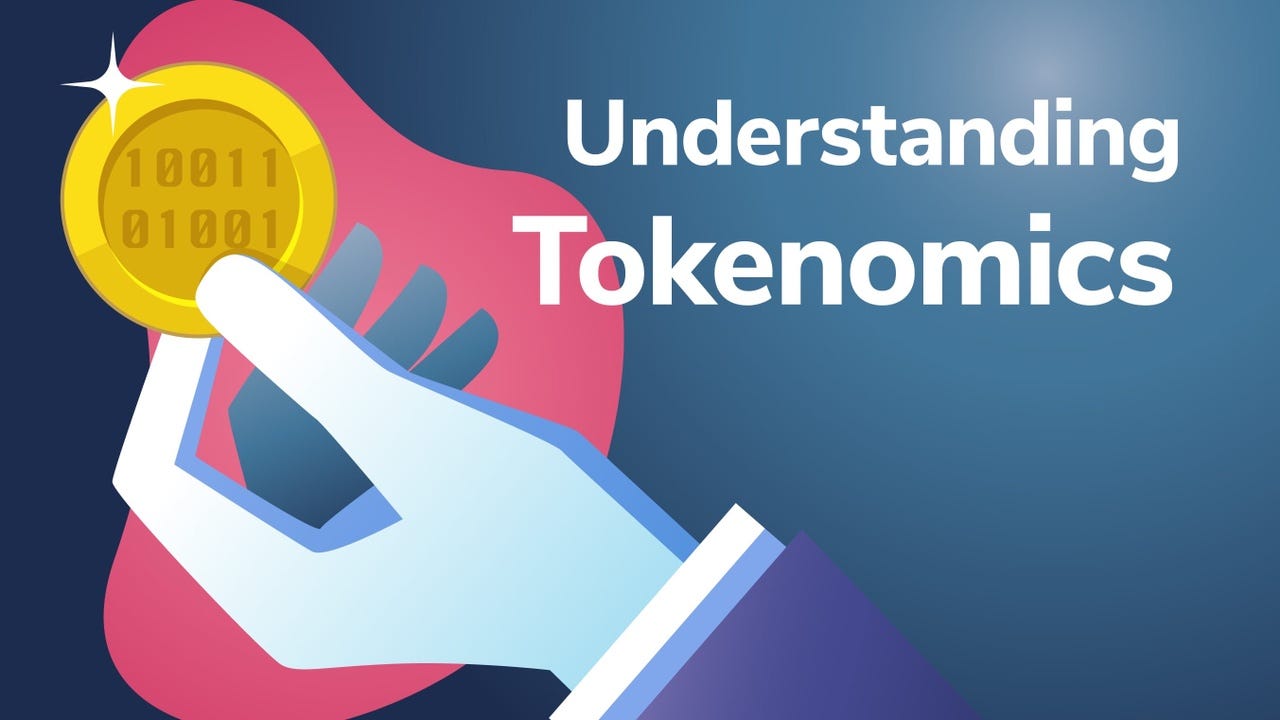The Tokenomics of DOOR
If you are familiar with cryptocurrency you understand that every token or coin has a unique economic model it follows - "tokenomics". Here is our breakdown of DOOR and why it truly is unique.
Every cryptocurrency has a unique economic model when it comes to how many tokens are minted, distributed, burned or allocated for specific purposes. A lot of it depends on the goal of the actual token or coin. For example, Bitcoin follows a very simple set of rules. It has limited supply of 21M, it mints new coin to reward miners for executing proof of work (running the network). On the other end of the spectrum you have projects like Safemoon that distribution trillions of tokens with the model of burning tokens every time someone sells. This guarantees deflation and hopes to motive people to hold their Safemoon versus sell it.
All of these different models are created to accomplish one thing - increase the value and demand. Whether your token value depends on scarcity, deflation or utility - the goal is to motivate more buying and less selling.
Why DOOR is unique
DOOR certainly has its unique model as well. Our tokenomics focus on building the size of our network because DOOR increases in value as the number of transactions on the network increase. The core utility of DOOR is operating as a decentralized Lead Exchange where businesses can buy leads and consumers are rewarded. Unlike most other tokens and coins that exist in the crypto universe, DOOR is a utility first, crypto second.
The Breakdown of DOOR Tokens
There are 4 Billion DOOR Tokens
2.8 Billion are designated as Rewards given to consumers for registering their property on the DOOR App. These rewards will average (in the beginning) around 300 DOOR for each property, but will decrease over time as more consumers join the network. This incentivizes early adoption.
200 Million are reserved for operating the platform. Since there will be costs to operating and marketing the network this account will be replenished each time data is licensed on the platform with an 18% distribution.
200 Million were used in the initial liquidity offering to fund the Uniswap Liquidity Pool and initial development and operations.
400 Million are reserved to compensate the current team and future team to ensure the platform continues to improve and we continue to grow our marketing footprint.
400 Million are held in a Reserve account for emergency funding related to operations.
When looking at the distribution of tokens, one thing is clear - we are very focused on growing the network allocating 70% of the tokens as rewards to consumers who join and register their property.
Every Registration generates Buying
Every property that is registered on DOOR that opts-in could generate over $500 per year in licensing fees from businesses. This means that when the property owner clicks on “Looking for House Cleaner” or “Looking for Electrician” or “Looking for a Real Estate Agent” - there will be multiple businesses willing to buy the lead.
This is one of the principles of our Tokenomics - Every Property registration generates Token Buyers.
If you do the math on DOOR Priced at .01 - the reward of 300 DOOR for registering would be $3. This registration will generate over $500 of DOOR buying on the other side from businesses. This is the asymmetry you want to see in a new token.
Businesses benefit from buying early
In order to ensure we have growth on both sides - consumer and business - we implemented early incentives into our model. Since leads (data) is priced in DOOR, this allows businesses to “lock” in their price per lead if they buy enough DOOR for the foreseeable future instead of buying DOOR as they need it. This also encourages businesses to hold their DOOR with the intent on using it to purchase leads and not sell it on the open market.
So you have two key elements in our economic model which are important to building value. The first is rewarding early adopters. The second is rewarding them to hold.
High Demand, Low Supply
The other dynamics you want to see in a token is high demand, low supply. There are many ways you can achieve high demand, but usually it requires a large supply because they sell the token at a very low price or they do a massive giveaway (airdrop). In fact, most tokens have an inflationary supply - where more and more tokens are generated each day.
With DOOR, we took a different approach. Since our token has a real world utility and can be easily valued based on the market price of a lead - we decided to implement a model where the introduction of new tokens into the market via Rewards would be directly tied to the growth of the network and buying of new tokens.
Tokens from the 2.8 Billion Reward Pool only enter circulation as properties are registered. Which means there will be very low supply initially, and when a business wants to purchase leads, they are buying from a very small pool of tokens we distributed to consumers. This creates high demand and low supply.
Every other token is almost completely dependent on the emotion of the market. People buy if they think it’s going up. People sell to take profits. With DOOR, businesses buy to get leads to generate new business.
It is critical to have a solid framework to provide clear value to the market and anyone who hold DOOR Token. We believe the tokenomics of DOOR give the best opportunity for building real value.
To read more on how DOOR works and our Tokenomics check out our FAQ website that covers everything.






